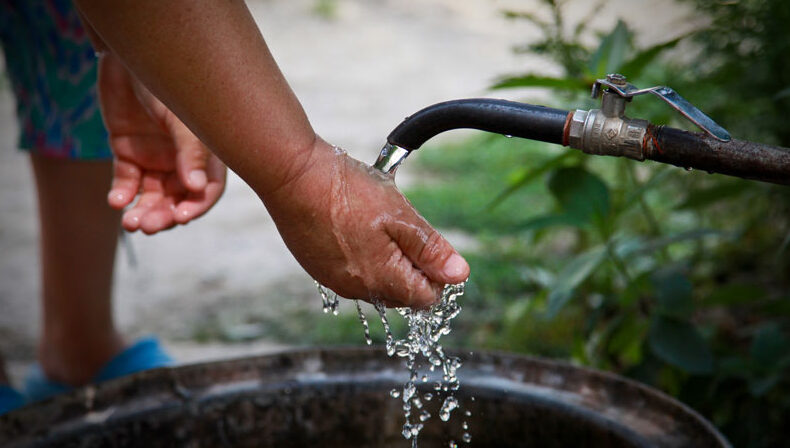Skip to content
Skip to footer

In India, frequent power outages, especially in rural areas, pose significant challenges to maintaining water quality. Power disruptions can affect water treatment facilities, pumping stations, and household water storage, making it crucial to adopt strategies to ensure that water remains safe and clean. Here are some practical steps to help maintain water quality during power cuts:
Investing in backup power solutions like generators or uninterruptible power supplies (UPS) can ensure that essential water treatment equipment continues to operate during outages. For households with water filtration systems, a small UPS can be used to keep these systems running. In rural areas, community-level backup power solutions can be coordinated to maintain the functionality of local water treatment plants.
Proper water storage is crucial when dealing with power cuts. Use clean, food-grade storage tanks or barrels to collect and store water. Ensure that these containers are well-sealed and placed in a cool, shaded area to prevent algae growth and contamination. Regularly clean and disinfect storage containers to reduce the risk of waterborne diseases.
During power outages, natural purification methods can be effective. Boiling water is one of the simplest and most reliable ways to kill harmful pathogens. If boiling is not feasible, using chlorine tablets or household bleach (in recommended quantities) can help disinfect water. Additionally, solar water disinfection, where water is exposed to sunlight in clear plastic bottles, can help eliminate some microorganisms.
Frequent testing of water quality can help identify contamination early. Simple test kits are available that measure parameters such as pH, turbidity, and the presence of bacteria. Regularly checking these parameters will help ensure that the water remains safe to use. Community health workers or local authorities can sometimes provide testing services or guidance on how to perform these tests.

Education plays a crucial role in water quality maintenance. Training community members on best practices for water storage, purification, and hygiene can significantly reduce the risk of waterborne diseases. Organize workshops or informational sessions to spread awareness about maintaining water quality during power outages.
Good hygiene practices around water sources are essential. Keep water sources and surrounding areas clean to prevent contamination. Ensure that handwashing facilities are available and used regularly to minimize the risk of introducing contaminants into the water supply.
Promoting water conservation can reduce the reliance on electricity for pumping and treatment. Encourage practices such as rainwater harvesting and the use of water-saving fixtures. By reducing the overall demand for treated water, the strain on power-dependent water systems is lessened, making it easier to manage during outages.
Investing in renewable energy sources like solar panels for water pumps and treatment facilities can provide a sustainable solution to power disruptions. Solar-powered systems can operate independently of the grid, ensuring a more consistent supply of clean water even during power outages.
Maintaining water quality during power outages in India requires a combination of practical measures and community engagement. By utilizing backup power solutions, improving storage practices, employing natural purification methods, and educating the community, it is possible to ensure that water remains safe and clean despite the challenges posed by frequent power cuts. Implementing these strategies can help safeguard public health and improve the resilience of water supply systems in rural areas.